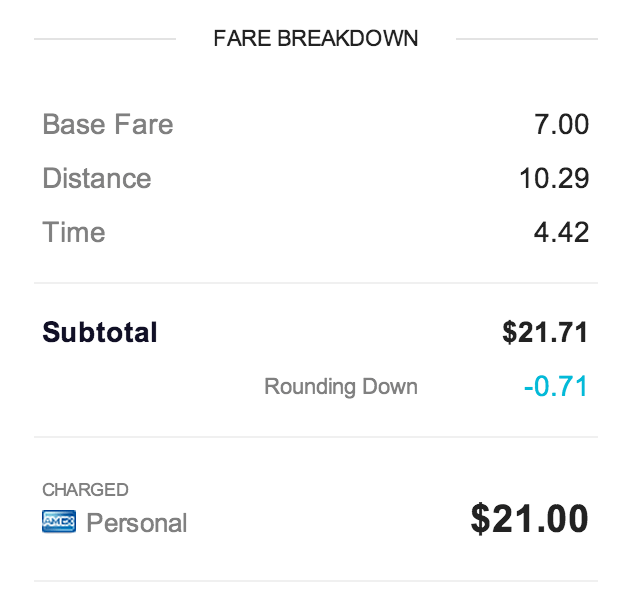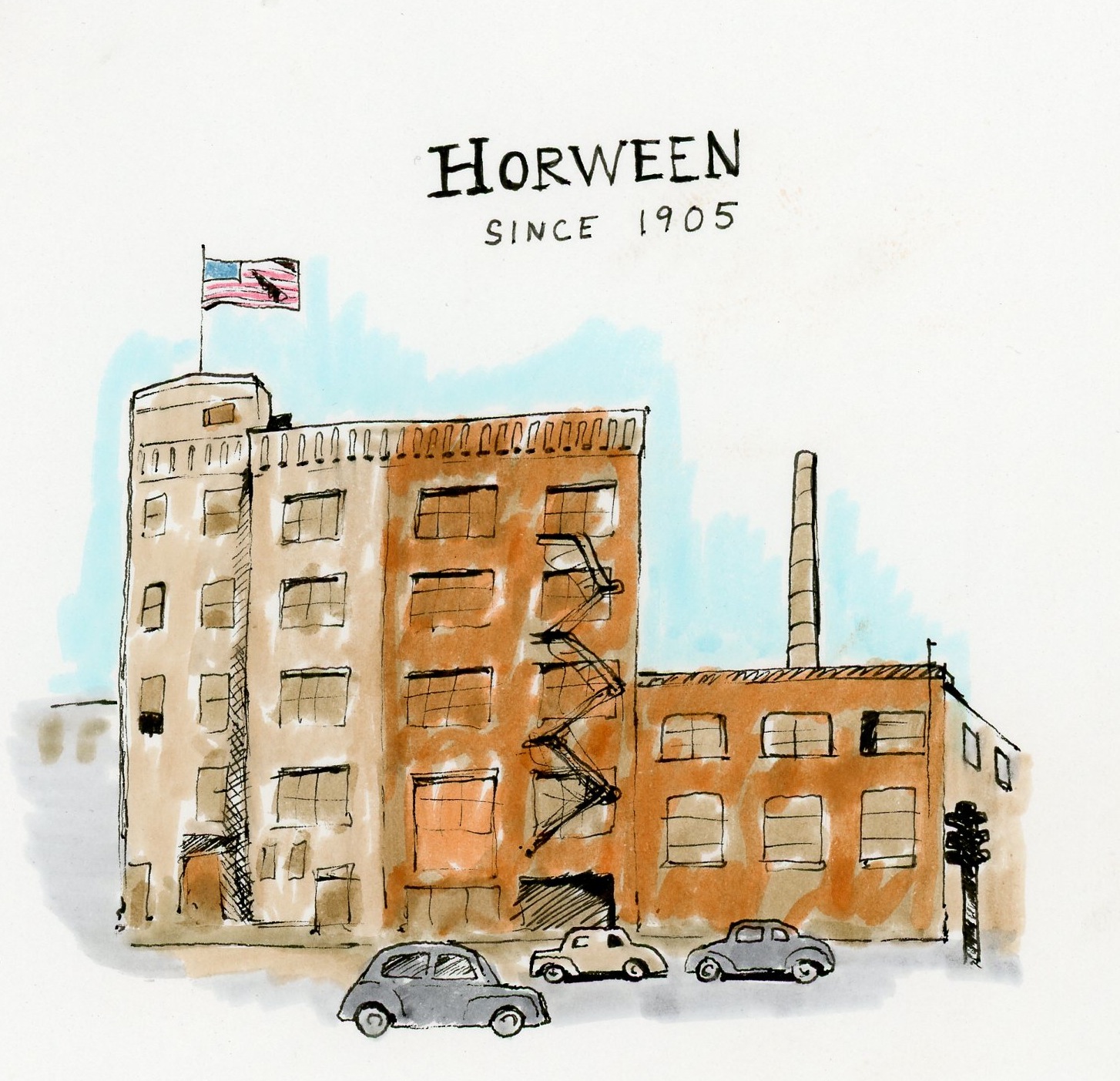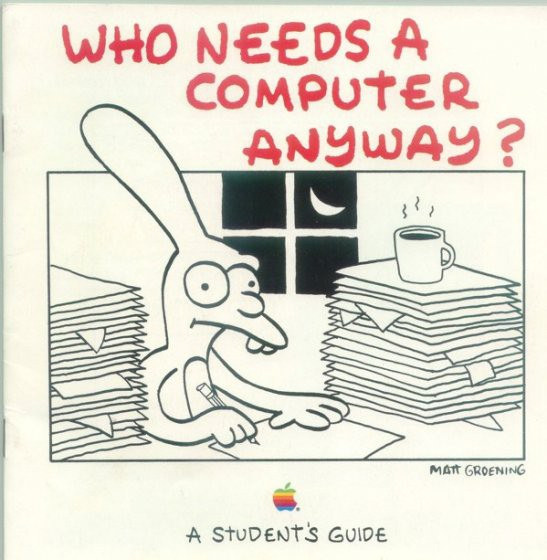Today we have a major announcement to make regarding Highrise, our popular CRM tool. It’s a good one!
The story starts back on February 5, 2014, the day we announced that we were becoming Basecamp. We announced we’d be renaming the company from 37signals to Basecamp, and we’d slimming our product line down to one product – Basecamp. This meant we’d be finding new homes for our other products. We said we’d either sell them or spin them off into stand-alone companies.
And wow! Right after making the announcement, floods of emails came in from companies, investors, and individuals who were interested in buying one or more of these products. I expected some interest, but I never expected so much so soon. We were off to a great start!
We decided to start the process with Highrise, since it was our second most-popular product behind Basecamp and it would command the highest price. On its own, Highrise generates multi-million dollar annual profits, so it’s very much the real deal and very attractive to a wide variety of potential suitors.
We fielded the interest, vetted the buyers, and narrowed down the field to about a dozen companies that we felt would provide a great home for our customers and fertile soil to grow Highrise to its full potential. The fit was critical – we outright rejected a few deep-pocket buyers because their plans included shuttering Highrise and rolling the customers into their existing product. That wasn’t an outcome we could live with.
The finalists were notified, we shared the prospectus, and they had a few weeks to submit their bid package and long-term plan for how they’d improve Highrise. I can’t say who was involved in the bidding, but it was some of the usual suspects (big software companies) and some unusual suspects (smaller software companies and PE firms with great track records). A healthy mix, for sure.
In the end, we couldn’t make a deal. Ultimately the sticking point wasn’t the valuation or price, it was the fact that Highrise didn’t come with a team. Everyone who worked on Highrise would be staying at Basecamp. All the serious buyers wanted the team too. No deal. We weren’t downsizing the company, we were just slimming back the product line. Everyone would be staying on board to work on Basecamp.
This meant selling Highrise was off the table. Next we turned to a spin-off. We successfully spun-off Know Your Company a few months prior, so we had some experience with this. Claire Lew was an awesome fit to take the reins and run Know Your Company, but who would be the right fit for Highrise?
A couple names came to mind, but I felt one was a perfect fit. I knew him, I knew his background, I knew people who worked with him, and I admired his energy and drive. He was a great programmer, a great product thinker, a great leader, a hell of a nice and decent guy, and he just happened to be in Chicago. We’d talked before about working together somehow, but there was never anything to do. Until now.
I dropped him an email. I heard back. And a few months later – today – we have a big deal to announce. We just signed the official papers last week. Argggg lawyers!!
Highrise is now its own company (legally it’s a subsidiary of Basecamp). Highrise will run as its own company with its own leadership, its own team, its own board, and its own budget (fully funded by customer revenues). During the transition period, Highrise will lease some infrastructure from Basecamp, but ultimately it’ll be completely self-sufficient. Plus, because Highrise is profitable, no outside money is required to get it off the ground. It’s on very stable ground right from the start.
And who’s running this new company? Nathan Kontny!
Nathan’s a Y Combinator alum (founder of Inkling & Cityposh). He was also an engineer on the second Obama for President campaign. And you may know him for his latest product, Draft. In fact, I’m using Draft to write this very announcement. It’s an outstanding product.
As CEO, Nathan will be tasked with building the team and executing his vision for Highrise. We couldn’t be happier with Nathan. Highrise is going to get a whole lot better.
What does this mean for the product and our customers? Like any transition, it’ll take some time to get up to speed, but he’s already been digging into the code, getting to know the customer base, and riffing on some ideas. There will be no interruption in service during the transition.
We couldn’t be more confident in Nathan and we’ll do everything we can to support him. If you’re a Highrise customer, we know you’ll be thrilled with his leadership, vision, and dedication to making Highrise the best it can be. If you’re not a Highrise customer, you may want to check it out once Nathan and his team hit full stride. 2015 should be a great year for Highrise.
So please wish Nathan and his team well on their new journey! Here’s to Highrise thriving again!
RELATED: Nathan wrote a story about taking over Highrise on Fast Company and a more personal story on his blog.






